News Archive
Filter By
- Abyssinian ground hornbill
- Addax
- Aldabra tortoise
- Allen's swamp monkey
- Alpaca
- American alligator
- American avocet
- American bison
- American flamingo
- American wigeon
- Andean bear
- Aquatic caecilian
- Arapaima
- Asian elephant
- Asian small-clawed otter
- Asian water dragon
- Australian snake-necked turtle
- Bald eagle
- Baltimore oriole
- Barred owl
- Bearded emperor tamarin
- Beaver
- Bennett's wallaby
- Binturong
- Black-and-white ruffed lemur
- Black-crowned night heron
- Black-footed ferret
- Black-tailed prairie dog
- Black-throated blue warbler
- Blue-billed curassow
- Blue crane
- Bobcat
- Brown pelican
- Bufflehead
- California sea lion
- Canvasback
- Cedar waxwing
- Channel catfish
- Cheetah
- Chicken
- Chinese alligator
- Chinese three-striped box turtle
- Clouded leopard
- Collared brown lemur
- Common raven
- Common yellowthroat
- Corals and sea anemones (anthozoa)
- Cow
- Crocodile monitor
- Cuban crocodile
- Dama gazelle
- Degu
- Dunlin
- Eastern corn snake
- Eastern indigo snake
- Eastern newt
- Eastern red-backed salamander
- Eastern screech-owl
- Eld's deer
- Electric eel
- Emperor newt
- Fennec fox
- Fishing cat
- Gaboon viper
- Geoffroy's marmoset
- Gharial
- Giant leaf-tailed gecko
- Giant panda
- Goat
- Golden-headed lion tamarin
- Golden lion tamarin
- Gray seal
- Gray wolf
- Green tree python
- Grevy's zebra
- Guam kingfisher (sihek)
- Guam rail (ko’ko’)
- Guinea pig
- Harbor seal
- Hartmann's mountain zebra
- Hawk-headed parrot
- Hellbender
- Home's hinge-back tortoise
- Hooded crane
- Iranian fat-tailed gecko
- Japanese giant salamander
- King vulture
- Komodo dragon
- Kori bustard
- Kunekune pig
- Land hermit crab
- Larger Malay mouse-deer
- Lemur leaf frog
- Lesser hedgehog tenrec
- Lesser kudu
- Lion
- Loggerhead shrike
- Long-tailed chinchilla
- Long-tailed salamander
- Maned wolf
- Meerkat
- Miniature donkey
- Naked mole-rat
- North American porcupine
- North American river otter
- Northern Luzon giant cloud rat
- Northern pine snake
- Northern pintail
- Northern red salamander
- Northern snakehead fish
- Northern tree shrew
- North Island brown kiwi
- Norway rat
- Orangutan
- Orchard oriole
- Ossabaw Island hog
- Ostrich
- Ovenbird
- Pallas's cat
- Panamanian golden frog
- Patagonian mara
- Persian onager
- Philippine crocodile
- Prehensile-tailed porcupine
- Prevost's squirrel
- Przewalski's horse
- Pygmy slow loris
- Red-crowned crane
- Red-fronted lemur
- Red-rumped agouti
- Red-winged blackbird
- Red knot
- Red panda
- Red River hog
- Red ruffed lemur
- Red wolf
- Ring-tailed lemur
- Ruddy duck
- Schmidt's red-tailed monkey
- Scimitar-horned oryx
- Screaming hairy armadillo
- Semipalmated plover
- Semipalmated sandpiper
- Siamang
- Sitatunga
- Sloth bear
- Southern lesser galago
- Southern swamp sparrow
- Southern tamandua
- Spider tortoise
- Striped skunk
- Tanagers
- Tentacled snake
- Tiger
- Titi monkey
- Turkey
- Twig catfish
- Two-toed sloth
- Vietnamese mossy frog
- Virginia opossum
- Von der Decken's hornbill
- Western lowland gorilla
- White-cheeked gibbon
- White-faced saki
- White-naped crane
- White-nosed coati
- Whooping crane
Displaying 626 - 650 of 2363 articles.
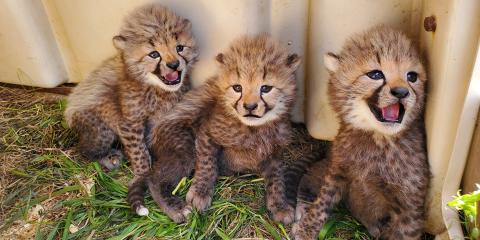
Smithsonian’s National Zoo Seeks Help in Naming Four Cheetah Cubs
The Smithsonian’s National Zoo and Conservation Biology Institute is asking the public to help name the litter of four cheetah cubs born April 8!
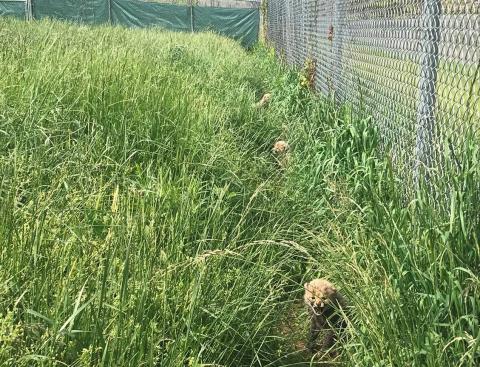
Cheetah Cubdate #6: The Grass is Always Greener
What does the world outside the cheetah cubs’ den look like? Keeper Amber Dedrick offers a look at the world beyond the webcam's view.
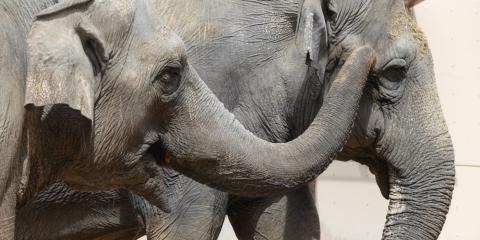
How Do You Encourage Elephants to Build Positive Relationships?
The Zoo cares for five female Asian elephants from a few different family groups. Luckily, there are a few things that keepers can do to encourage them to build positive relationships. Learn more in this update from keeper Kayleigh Sullivan.
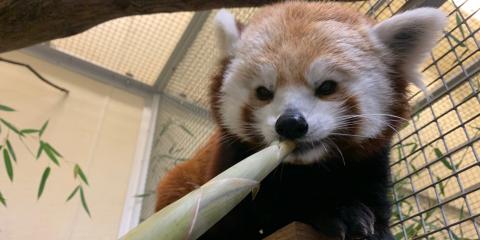
Melodious Munches: Pandas and Bamboo Shoots
It's bamboo shoot season, and the Zoo's giant pandas and red pandas are indulging in their favorite food!
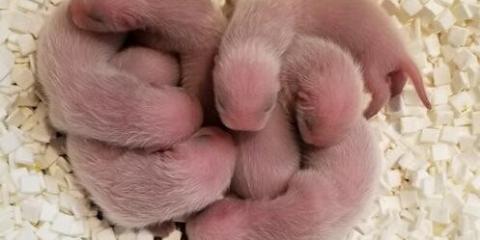
Six Newborn Black-Footed Ferret Kits Can Be Viewed on New Webcam
Mother’s Day was extra special for carnivore keepers at the Smithsonian Conservation Biology Institute (SCBI) in Front Royal, Virginia, who welcomed the year’s first litter of black-footed ferret kits Sunday. Two-year-old female Potpie gave birth throughout the morning May 10 to six kits. Staff are...
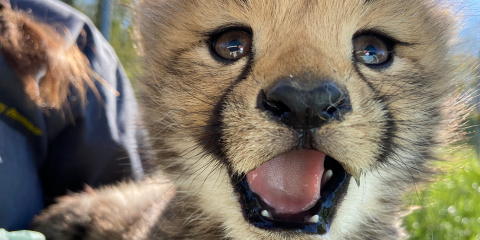
Cheetah #Cubdate 5: Back, Bigger and with a Bite!
The cubs are back on the webcam, but bigger and with a bite! Read on for more.
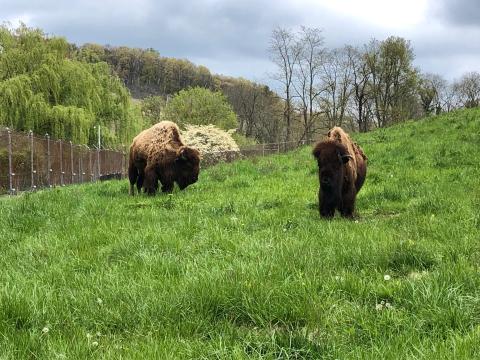
Two Elderly American Bison Die at Smithsonian Conservation Biology Institute
Ungulate keepers at the Smithsonian Conservation Biology Institute are mourning the loss of two elderly American Bison, a male named Ten Bears and a female named Kicking Bird, who were humanely euthanized May 14. They were both 22 years old.
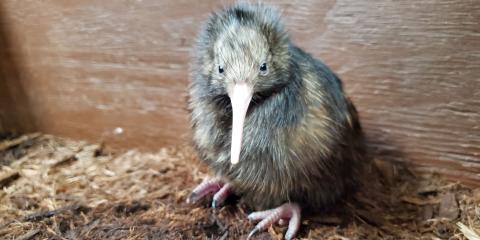
And Kiwi Makes Four: A Bird Baby Boom at SCBI
Hot on the tailfeathers of a white-naped crane chick and two Guam kingfisher chicks, the Smithsonian Conservation Biology Institute’s bird team celebrated the arrival of yet another rare resident—a brown kiwi!
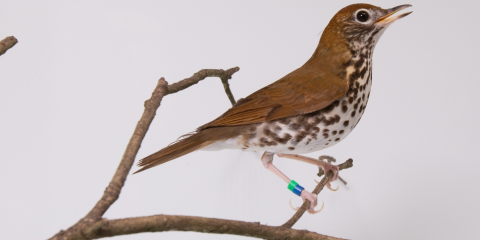
Continuing the Legacy of Bird Conservation
Now more than ever, raising awareness about the plight of migratory birds is key to their survival. At the Smithsonian’s National Zoo and Conservation Biology Institute, we are in the midst of completely transforming our beloved Bird House from its humble foundation (circa 1928) into a celebration...
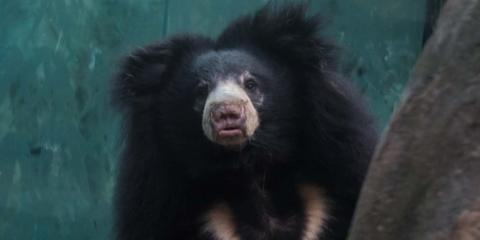
Female Sloth Bear Dies at Smithsonian’s National Zoo
Asia Trail keepers at the Smithsonian National Zoo are mourning the loss of Remi, a 6-year-old female sloth bear who was humanely euthanized May 2, following a foot wound that was not healing despite medical treatment.
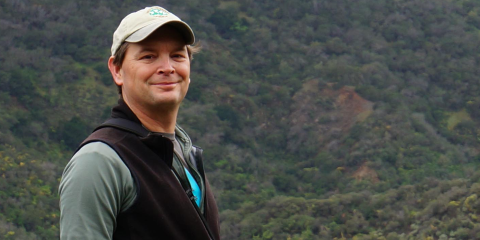
Birds Connect Our World
This World Migratory Bird Day, May 9, I hope we see record engagement in birdwatching.
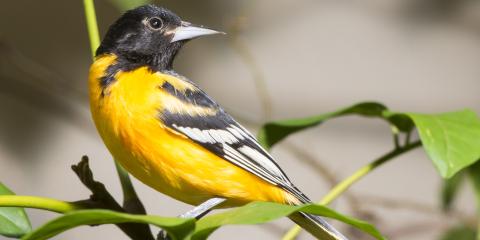
World Migratory Bird Day Is May 9
Migratory birds are now flooding across the continent as they return to their nesting grounds this spring. World Migratory Bird Day is on May 9, 2020, as people around the globe welcome birds back—and lend them a helping hand.

Two Extinct-in-the-Wild Guam Kingfishers Hatch at the Smithsonian Conservation Biology Institute
Bird keepers at the Smithsonian Conservation Biology Institute are celebrating the arrival of two Guam kingfisher chicks that hatched April 21 and 23. They are the first offspring for 11-month-old father Animu and 2-year-old mother Giha.
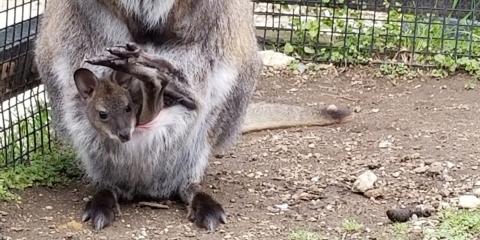
New at the Zoo: Wallaby Joey
Things are hop-penning at Small Mammal House! On Jan. 24, a wallaby joey popped its head out of mom Victoria’s pouch. Get the scoop on the young joey from animal keeper Esther Wray.
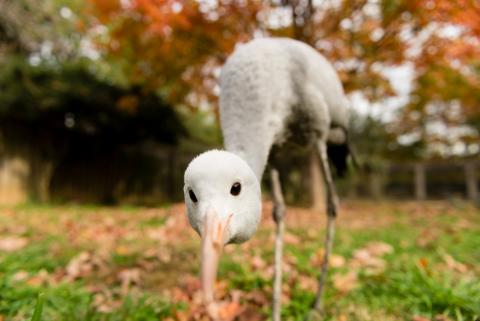
Uplifting Stories: Spring is for the Birds
From the arrival of adorable chicks to award-winning excellence in animal care, much is brewing behind the scenes at the Smithsonian’s National Zoo and Conservation Biology Institute.

Bringing the Zoo to You: April 2020 Edition
Chirping cheetah cubs, a birthday party fit for a gorilla and a Madagascar hedgehog tenrec indulging in some self-care with a dust bath—all of these events (and more) made for an eventful month.
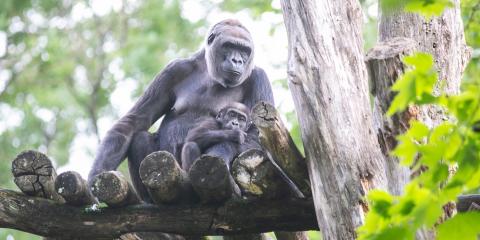
#GorillaStory: Happy Mother’s Day, Calaya
For the past two years, the primate team has had the privilege of sharing the story of our western lowland gorilla infant, Moke, with Smithsonian’s National Zoo fans all over the world. With Mother’s Day coming up May 10, primate keeper Carolina Powell highlights Moke’s very first friend—his mom...
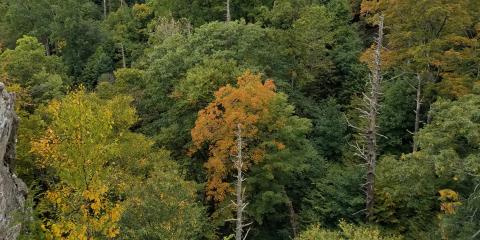
One in Four Tree Deaths in Blue Ridge Mountains Linked to Invasive Species
New research from the Smithsonian Conservation Biology Institute and Shenandoah National Park finds that invasive species of forest insects and pathogens contributed to about a quarter of the tree deaths in Virginia’s Blue Ridge Mountain forests in the past three decades.

Cheetah #Cubdate 4: Cub Weighing
In this week’s #cubdate, we take you behind the scenes at a cub weighing!
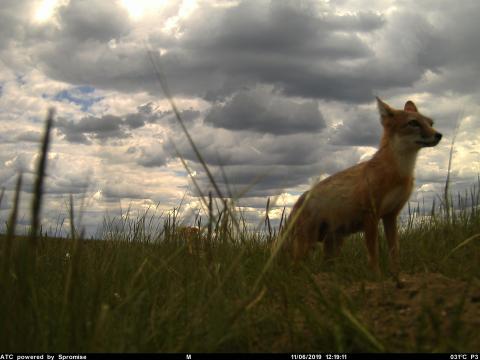
Working Toward Swift Fox Reintroduction
Landscape ecologist Hila Shamon lives and works in Montana, where she studies the prairie and its wildlife. Over the last year and a half, she has been working with Fort Belknap Indian Reservation and other collaborators to develop a swift fox reintroduction program.
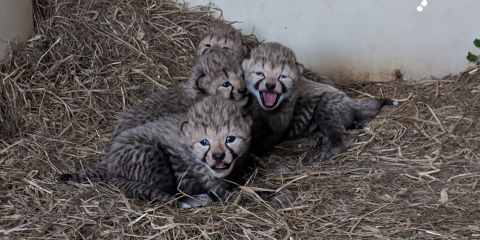
Cheetah #Cubdate 3: April 20
It was a busy week for Echo’s cheetah cubs! Not only did Echo move them to a new den, but keepers were able to weigh the cubs and determine their sex.

Celebrate World Migratory Bird Day 2020 Digitally
Join the Smithsonian Migratory Bird Center online this World Migratory Bird Day, May 9, in a digital celebration of birds and simple actions you can take from home to help save them.
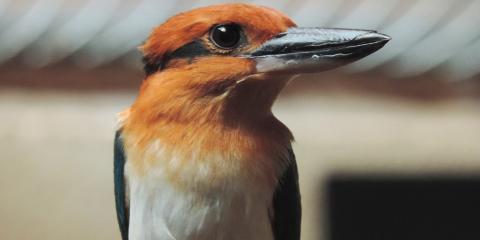
Some Egg-citing News and a Few Love Bites
There are only 135 Guam kingfishers in the world, but scientists around the world are working to change that by breeding the species for release in the near future.
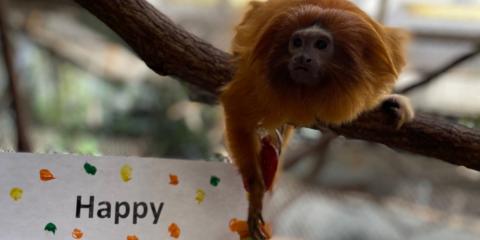
Three Cheers for Volunteers
Each year, more than 1,400 volunteers donate over 90,000 hours of their time to the Smithsonian's National Zoo and Conservation Biology Institute. We appreciate them every single day, but this week, National Volunteer Week, is an especially great time to recognize their dedication.
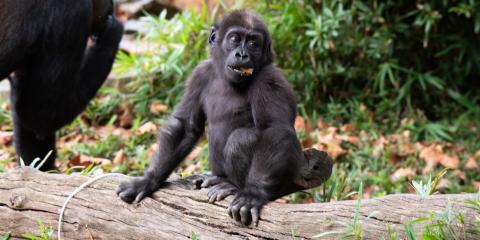
#GorillaStory: Happy 2nd Birthday, Moke!
As the primate team celebrates Moke's second birthday, keeper Alex Reddy reflects on the western lowland gorilla's growing independence, bold personality and training triumphs.
